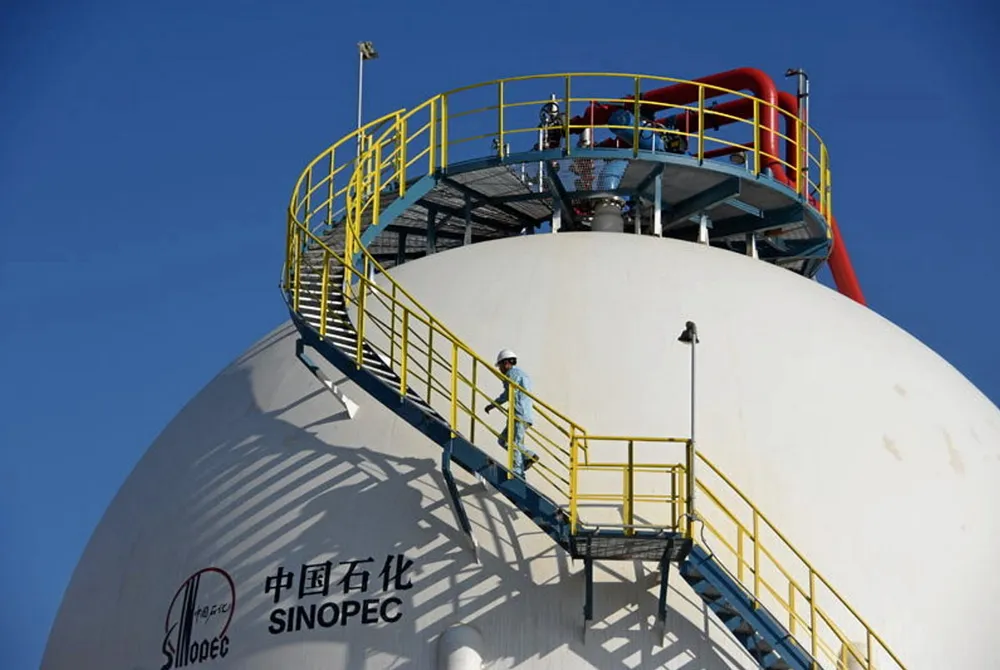Ambition vs reality | Only a tiny proportion of the world's clean hydrogen projects have firm offtake deals: BNEF
Just 2% of annual production capacity planned by 2030 is covered by a binding purchase agreement

Just 2% of annual production capacity planned by 2030 is covered by a binding purchase agreement
